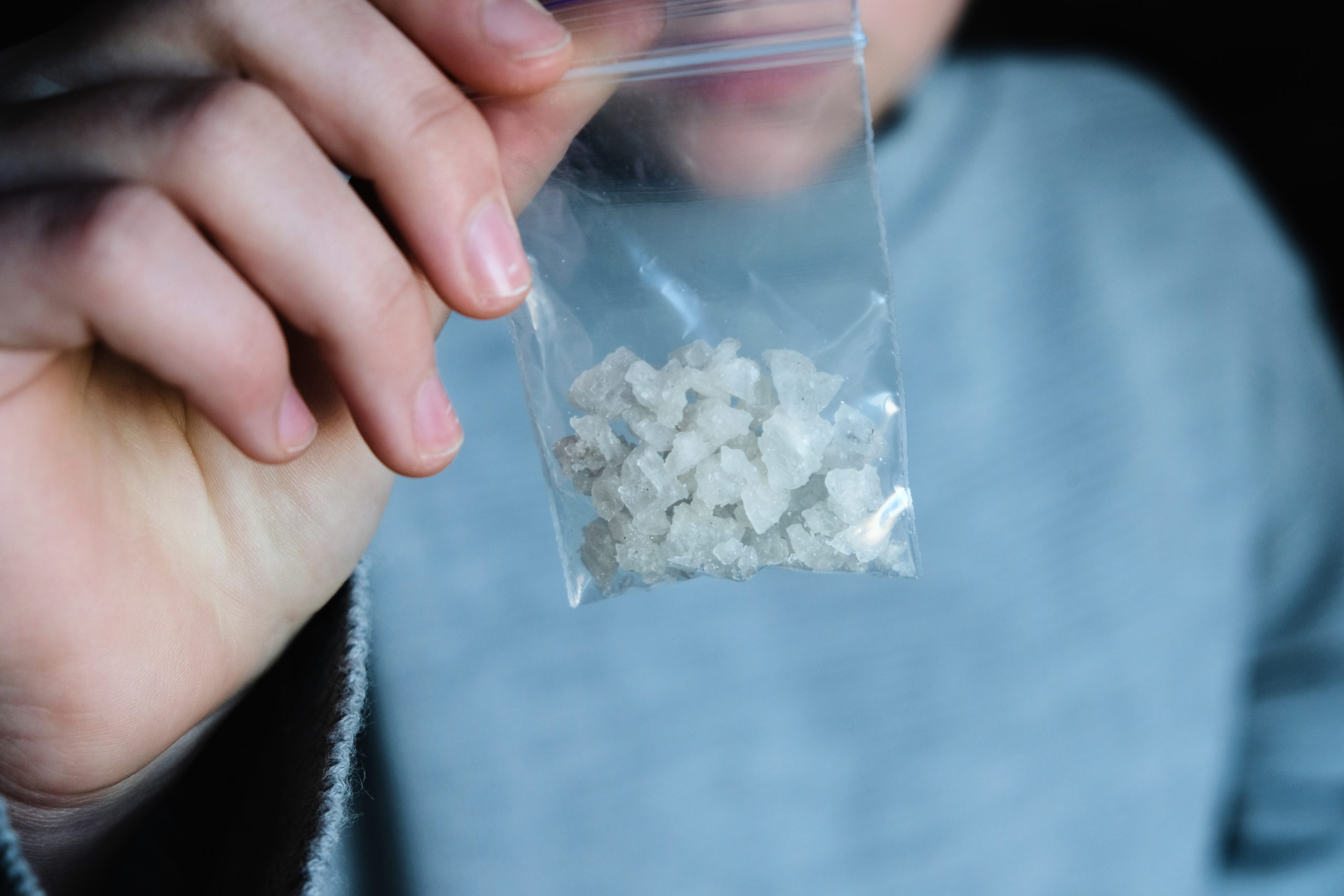Crack cocaine is one of the most powerful drugs and one of the most difficult addictions to overcome. The drug is so potent and addictive that many people become addicted after just one time using it. Crack is a crystallized form of cocaine – a stimulant drug that is commonly used at parties, nightclubs, or social scenes to help people socialize and stay awake. However, crack, also known as “freebase cocaine” is derived from cocaine but produces far more powerful effects. Still, crack cocaine abuse is dangerous and potentially deadly.
The illicit drug first gained popularity in the mid-1980s due to its widespread availability and low cost – making it a drug that swept through poor and low-income areas, wreaking havoc on families and communities alike. Despite the dangers of crack cocaine abuse, it’s still a popular drug of abuse today and thousands of people seek treatment for it each and every year.
Let’s take a look at what crack cocaine is and what makes the drug so addictive.
What is Crack Cocaine?
Cocaine is sold as a white powder that is extracted from the coca plant. In the past, the coca plant was used as a pain reliever or as part of religious rituals. However, in the 1800s when scientists began extracting the active ingredients that are used to make cocaine, recreational use of the drug began.
In order to make crack cocaine, the cocaine is mixed with water and another substance such as baking soda. This mixture is then boiled until solid crystals form. These solid crystals cool down and are broken into smaller pieces that are then sold on the streets as crack.
While cocaine is usually snorted, crack is typically smoked or injected to achieve a faster and stronger high. Despite the potency of the drug, the effects only last for 10-15 minutes, so many people will take dose after dose to sustain their high.
How Addictive is Crack Cocaine?
Crack is a highly addictive substance for two reasons:
- The extreme potency of the drug
- The rapid, but short-lasting high that the drug produces
When smoked, the drug enters the bloodstream almost immediately, producing instantaneous effects. Cocaine blocks the regular uptake of dopamine in the brain, causing a flood of dopamine and feel-good chemicals. These chemicals are responsible for providing pleasure, energy, and feelings of well-being. These feelings are so intense yet extremely short-lived, so some people chase a continued high, engage in crack binges, and ultimately become addicted to crack cocaine.
Like most other addictive stimulants, crack cocaine abuse causes extreme changes in the brain. Not only does crack abuse affect the normal production of dopamine, but it also affects the ways in which the body reacts to stress. As the stress circuits in the brain are impacted, people typically develop compulsive behaviors that make it terribly difficult to get sober.
Furthermore, people who are abuse crack cocaine repeatedly will develop tolerance. In short, their body will begin to require more and more of the drug to produce the desired high. As this tolerance builds, the imminent dangers associated with crack addiction become increasingly likely.
Dangers Associated with Crack Cocaine Abuse
The effects of crack occur within minutes and will make people feel energetic, talkative, alert, and euphoric. Some people find that it increases their attention span and makes completing tasks easier. However, some people experience the opposite effect, feeling anxious, paranoid, irritable, and even depressed or disconnected from reality.
Shortly after taking crack cocaine, users may experience dilated pupils and an increase in body temperature, heart rate, and blood pressure. In some cases, people who are under the influence of crack cocaine exhibit violent, erratic, or bizarre behavior that stems from stimulant-induced psychosis or paranoia. These uncomfortable feelings can make for a bad trip, where users are of danger to themselves or others and tend to act out in irrational or impulsive behaviors.
Whether you smoke crack, snort cocaine, or inject these drugs, any route of administration has the potential to lead to devastating effects. In high amounts, this toxic substance can lead to:
- Heart attack
- Stroke
- Seizure
- Sudden death
The longer a person abuses the drug, the more medical complications they might experience. For example, long-term crack abuse is associated with the following:
- Disturbances in heart rhythm
- Neurological effects
- Headaches
- Gastrointestinal complications
In the end, the only way to prevent the dangers of crack cocaine abuse is to avoid using it completely. If you find this difficult to do, you might be addicted and require help from a professional drug rehab near you.
Finding Help for Crack Cocaine Addiction
If you or a loved one is addicted to crack cocaine, the first step is asking for help. Know that crack withdrawal isn’t life-threatening and therapy can help you overcome your addiction. Although there are no FDA-approved medications to treat stimulant addictions, behavioral therapies and aftercare programs can help you learn how to live sober.
At Ohio Addiction Recovery Center, we’re dedicated to providing each individual with the best-personalized treatment that meets their unique needs. Crack addiction doesn’t have to be the end of the road. Contact us today to learn more about our addiction treatment options and how we can help you or a loved one.







